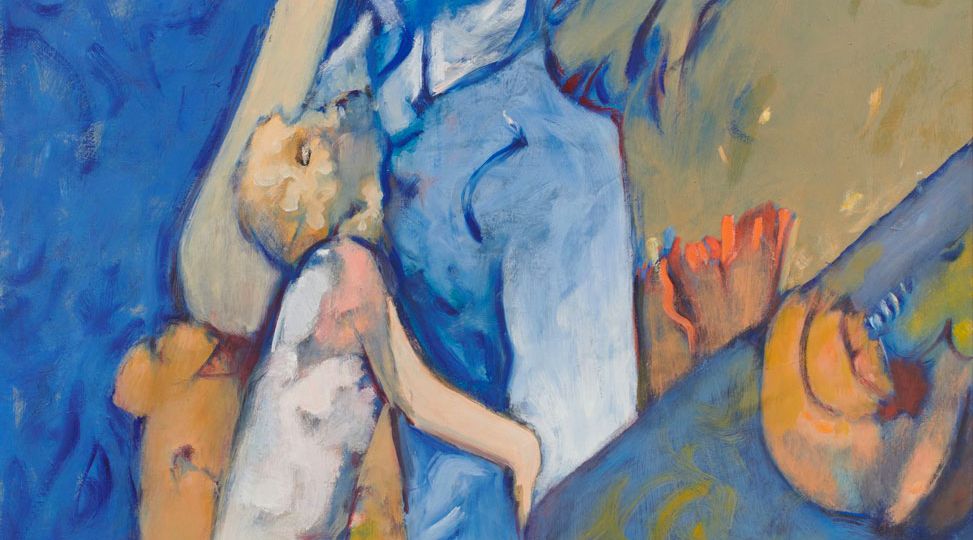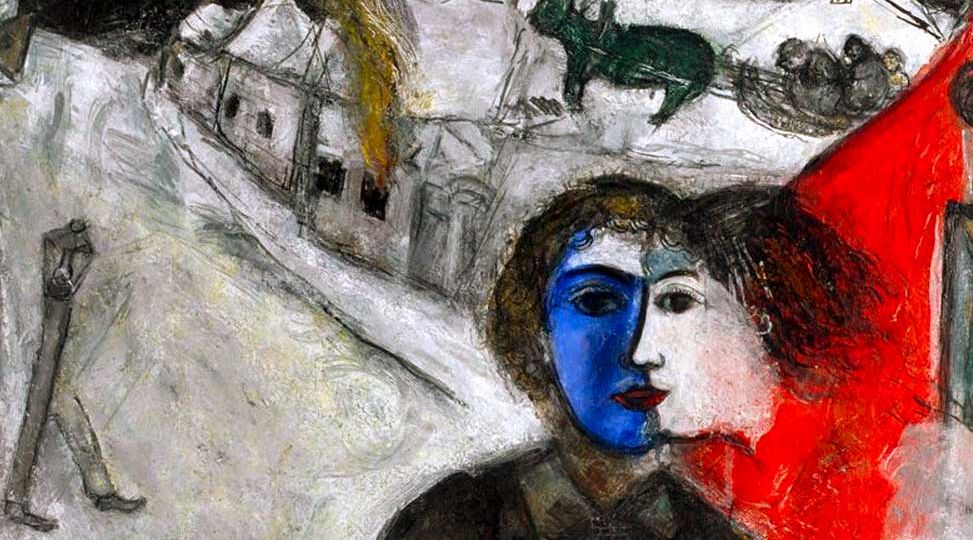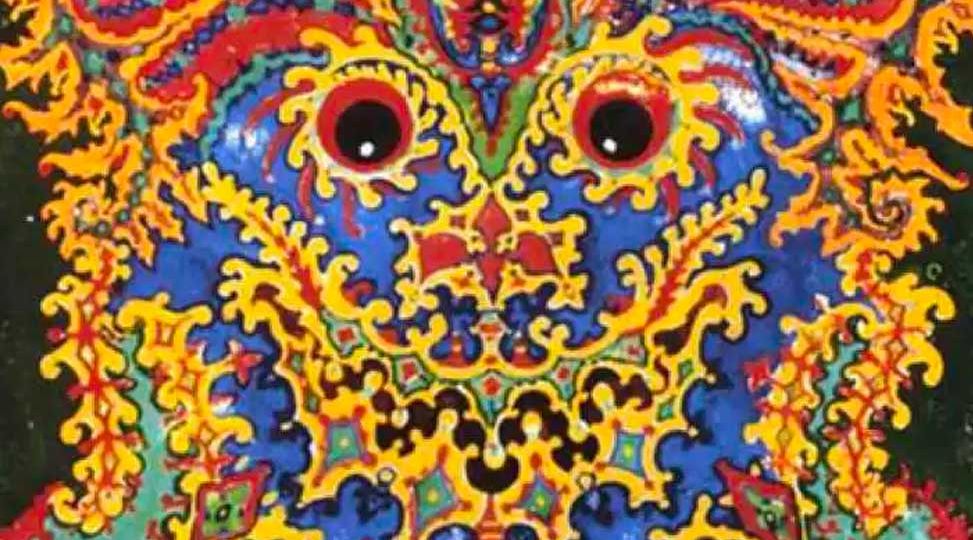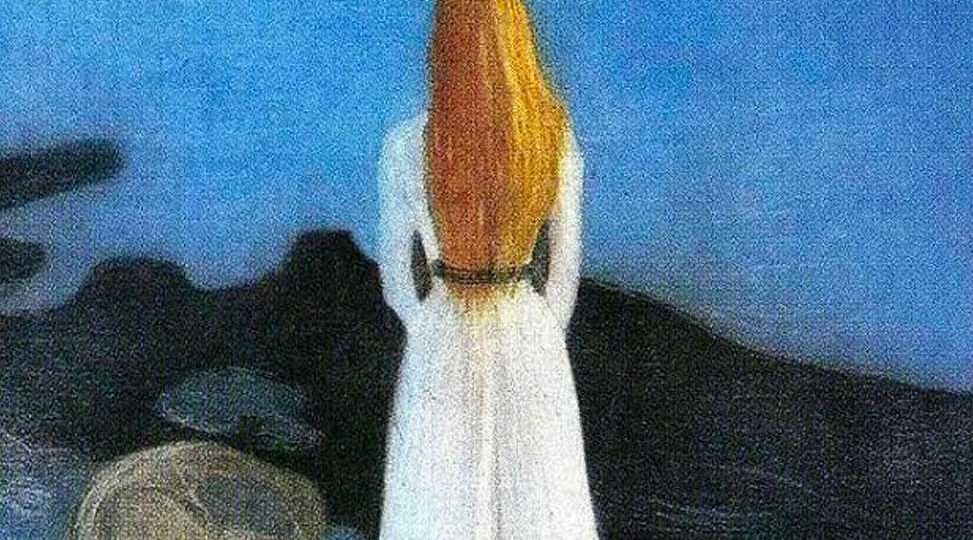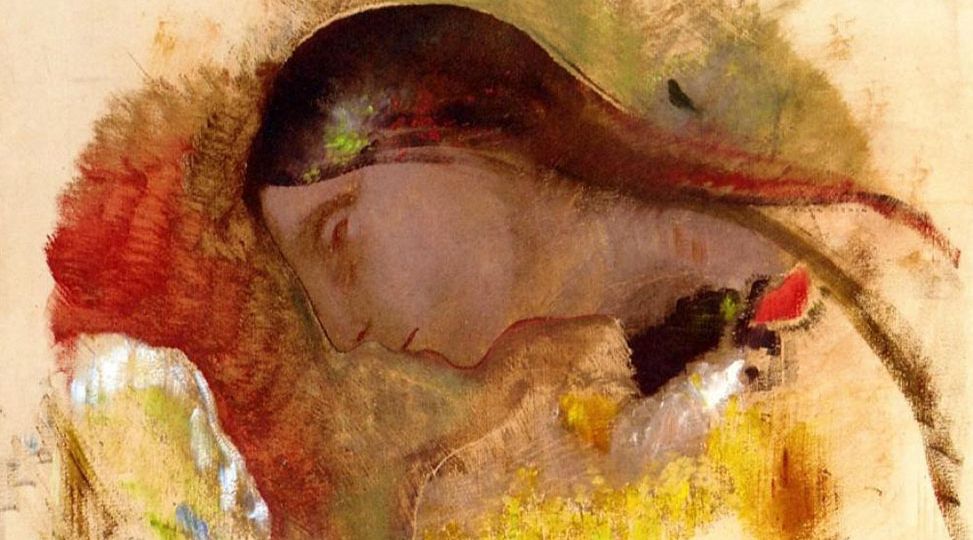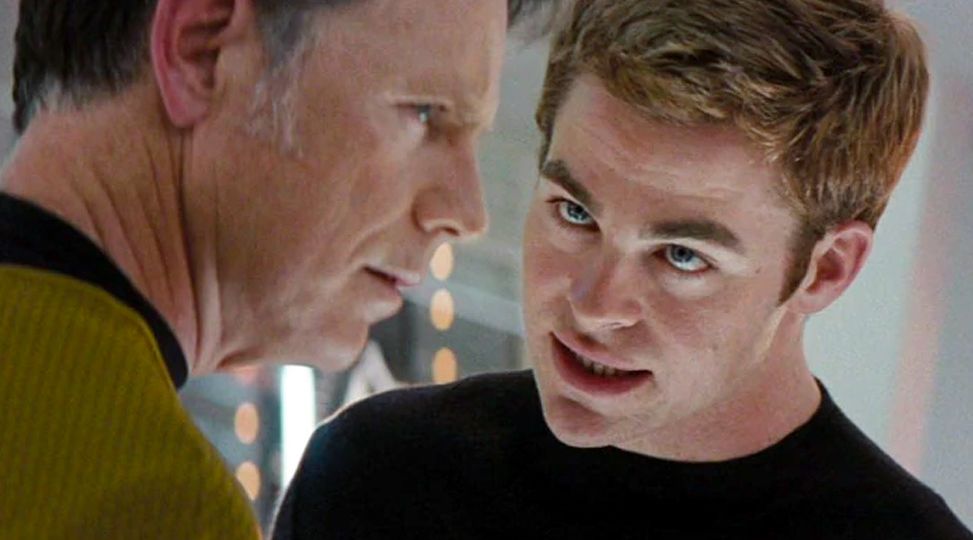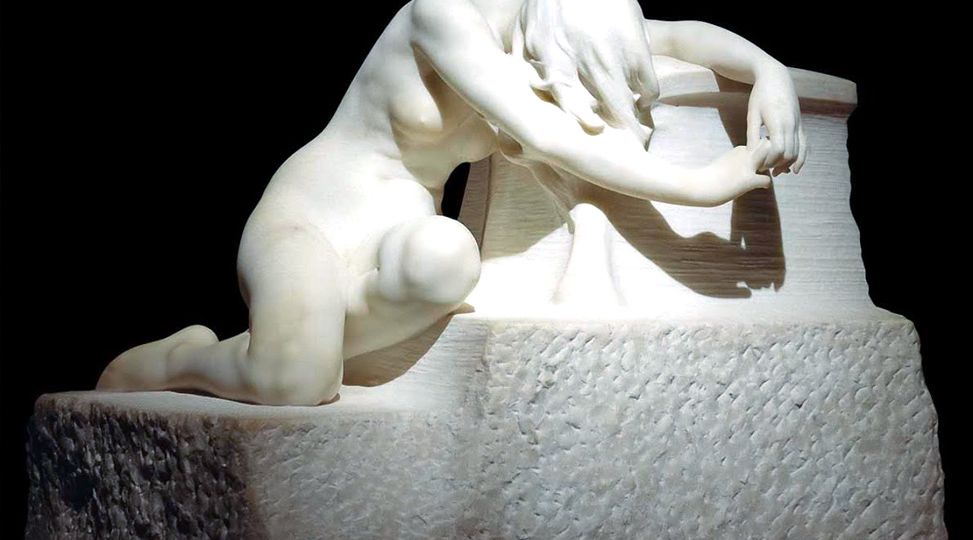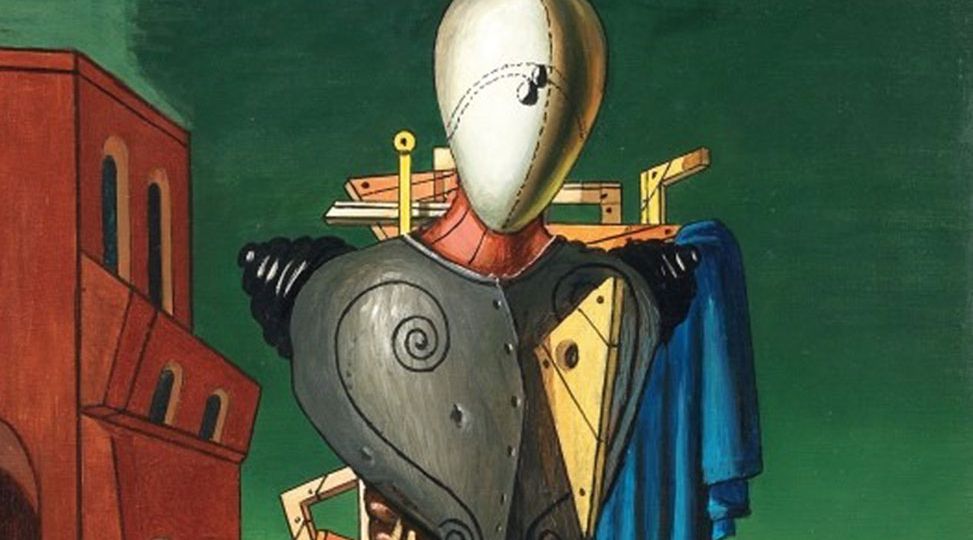I was in the grip of my own unconscious, projecting the shadows I was grappling with onto the work environment around me. I felt compulsively gripped by a desire to “fight the evil empire.” At my darkest point, I disregarded the fact that I did not have all the details and simply projected my personal beliefs and limited perceptions onto every decision made.
Witch
Many women, and not least women with dominant Ni, intuitively know that their spirituality, their creativity, and their sexuality arise from the same source. The priestess may be found in all walks of life; she is the woman who mediates between matter and spirit, between the human and divine realms, who “will always honor sexual energy as a link to the source of life itself.”
Cassandra represents the difficulty of expressing one’s own truth in a way that is persuasive and influential in the world, particularly a truth that is not androcentric. The weakening of the voice of the dream ego represents the suppression and repression of the feminine that results from continuing to rely on old ways of exerting influence.
When I first learned about typology in the mid 1990s, I set out to conquer the inferior function. After all, I wanted to develop in every way possible, and surely that meant quashing anything inferior! More recently, however, I have come to appreciate the power of this gremlin to draw me closer to the middle realm of dreams and imagination, where wisdom rises from the depths.
The more I fell apart inside, the more I needed outside structure and order. One night I dreamed of an interior colorless and noiseless explosion that was followed by a voice that boomed, “You have the courage to let your interior world be chaos; there are no walls where there should be walls. You are a crab, and you need an exoskeleton.”
“Interpretations” of dreams must be filtered through a layer of consciousness. One contribution of dream tending as an effective tool for Jungian dream work is the value it places on the sensing function as an imaginal way of knowing. Thus, it de-emphasizes the intuitive and thinking functions many Jungians use in traditional dream analysis and brings sensing and feeling to the fore.
Kirk develops depth and integrity as he learns to harness the power of his dominant function and come to terms with the shadow parts of his personality. Ultimately, he is also able to cultivate his ego-dystonic functions and realize a more integrated and mature self capable of fulfilling his potential for charismatic and visionary leadership.
Kowalsky’s self-sacrifice can be seen as the Animus acting as “the door through which all the figures of the unconscious come into consciousness.” His extraverted feeling is giving Stone a much-needed lesson: She must stop holding on to a situation that is no longer life-giving. It is time to let go of her debilitating prison of pain—and of her former self—so she can move forward.
If the dreamer is willing to work a dream from a psychological type perspective and the therapist has the knowledge to do so, then bringing type to dream work can be helpful. I utilize this approach either when I see an aspect of psychological type present or when I cannot make heads or tails of a dream by taking other approaches.
“Everything has a purpose, clocks tell you the time, trains take you to places. Machines never come with any extra parts, you know. They always come with the exact amount they need. So I figured if the entire world was one big machine, I couldn’t be an extra part. I had to be here for some reason. And that means you have to be here for some reason, too. ”


